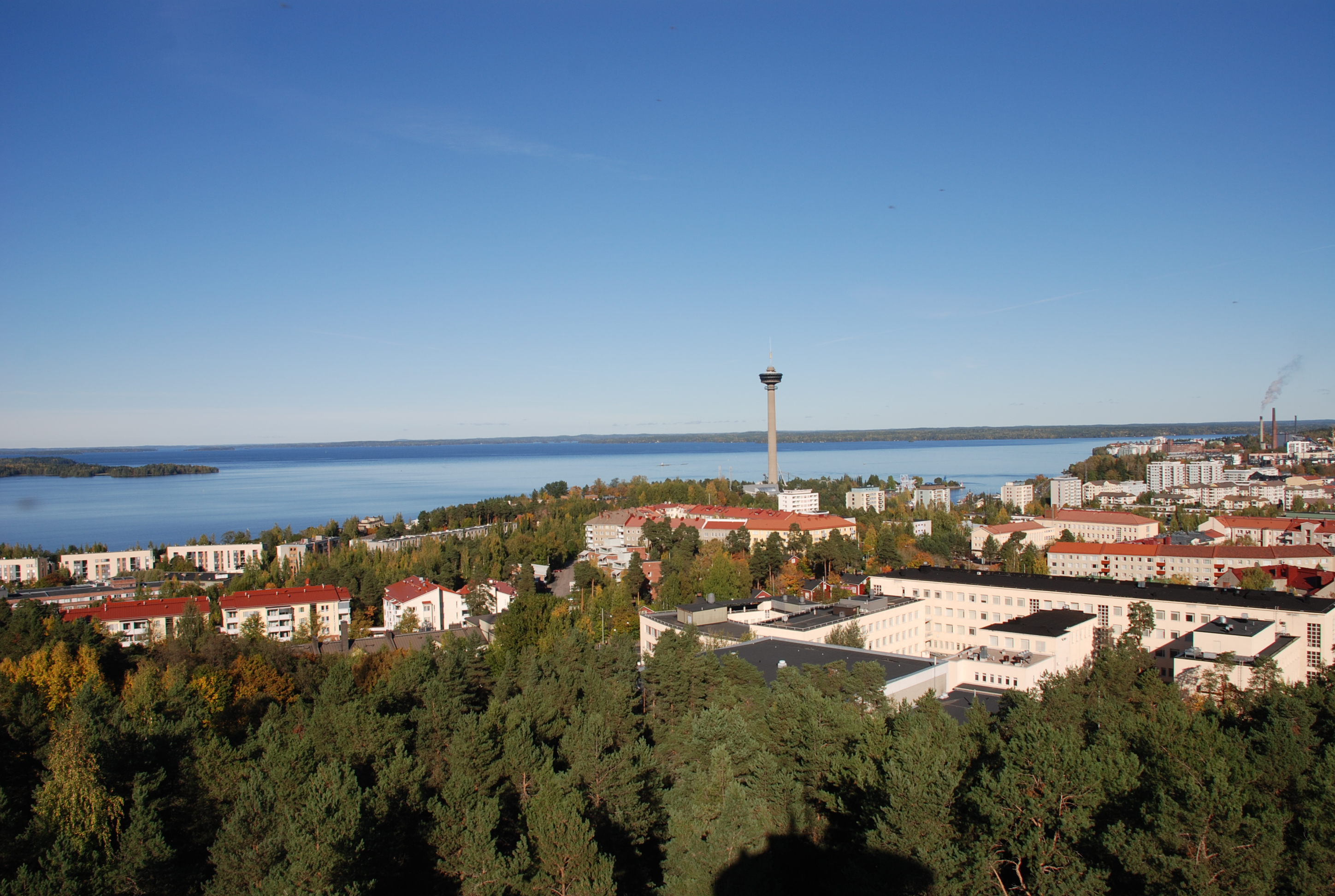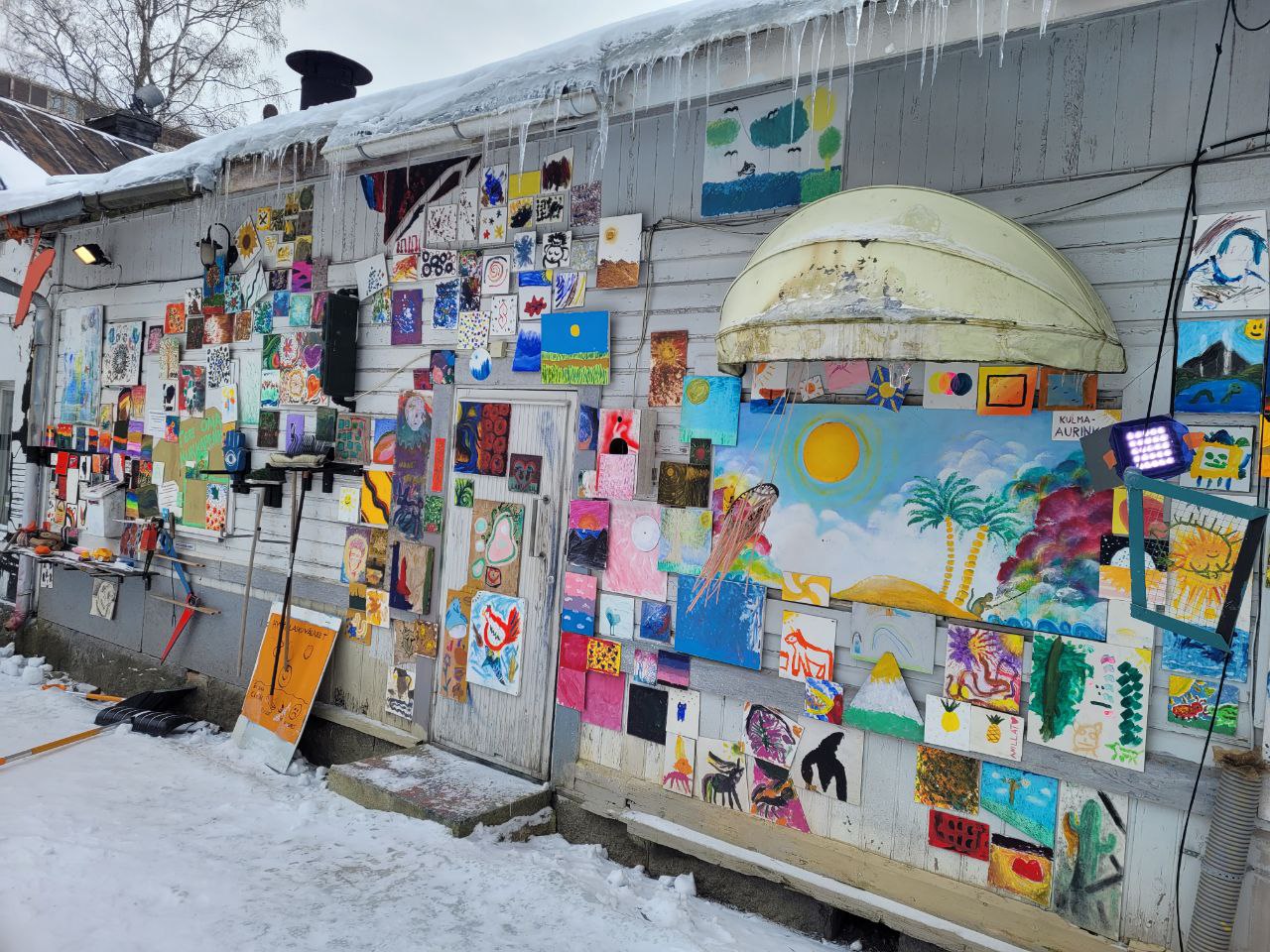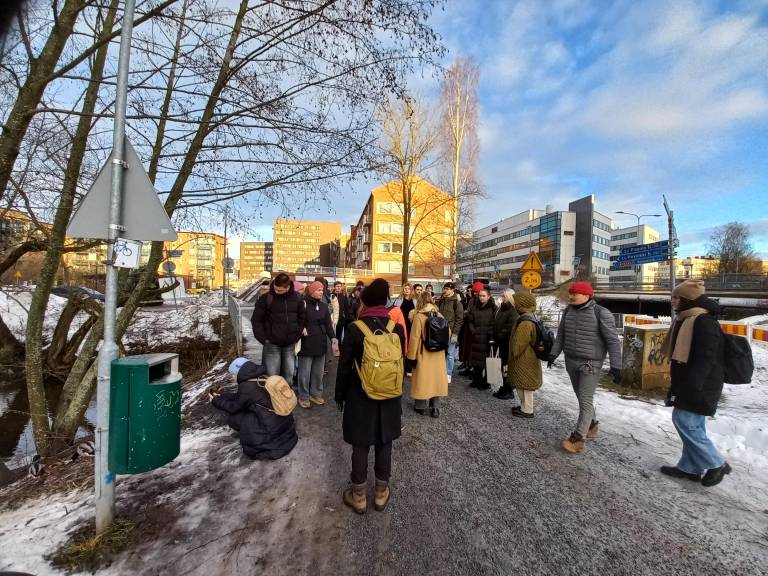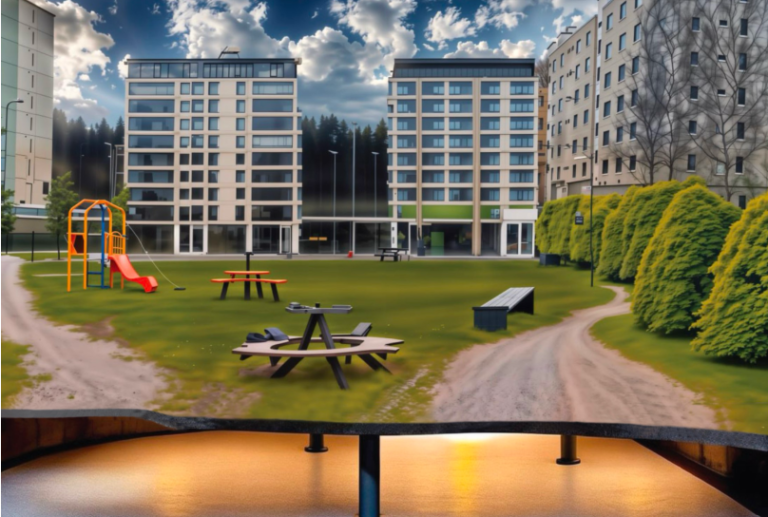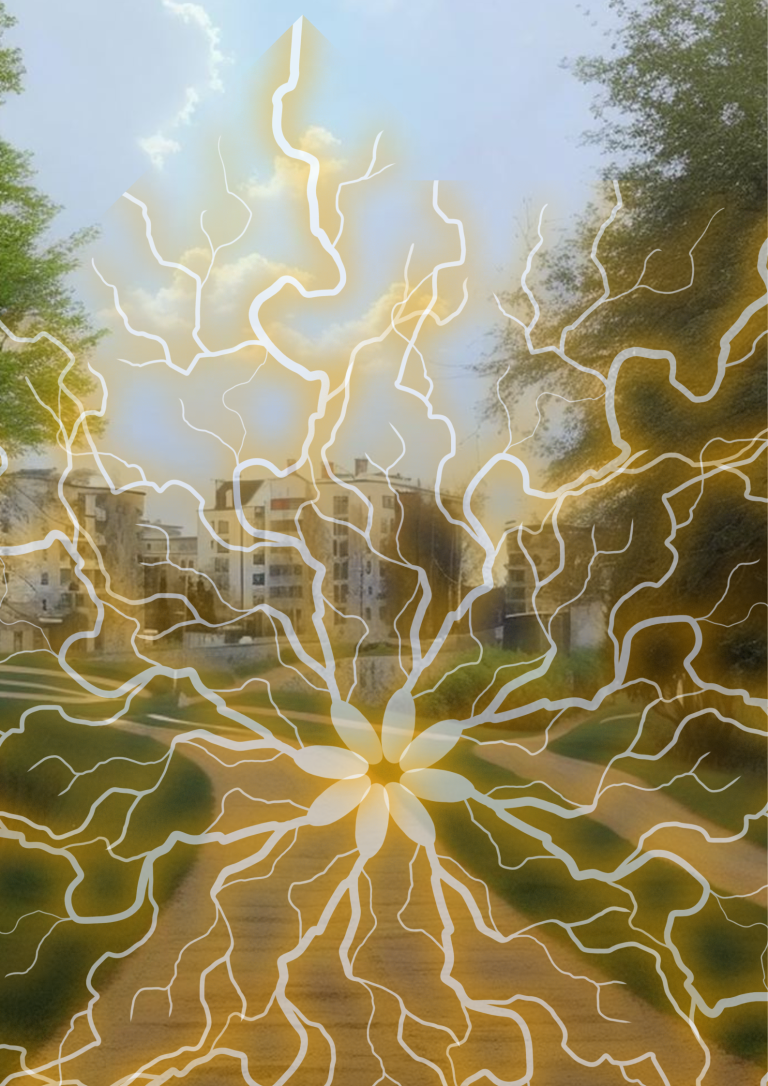Activating the marginalized population
Annala-Kaukajärvi area hosts a large number of low-income and marginalized population. This becomes extremely crucial as we dive deeper into behavior studies of marginalized populations. A study concluded in Texas by Lee et al. (2001) showed that marginalized populations participate in the use of parks significantly less than those in more hegemonic positions. It is worth noting that while Lee et al. also reflect westernized culture the geographical context varies greatly to the one in Kaukajärvi-Annala. Among affecting factors such as race and age, the level of income was deemed to be the most important affecting factor. In order to accommodate the low-income population to enjoy outdoor activities and obtain the associated health benefits, we have to go out of our way to make these parks and outdoor areas easily accessible and attractive.
Why Isolammi park?
We had plenty stakeholder talks before and during the field course and one thing that really stood out for me was the concern of both Kaukajärvi and Annala having ecosystem capital in form of parks, forests, and outdoor paths. However, these are “hidden” to the extent that the local populations are not aware of them, or they are crucially hard to access. We wanted to capitalize on this and increase the attractiveness of these natural elements. Isolammi park was chosen, because its open areas enable hosting a large crowd. In addition, it has potential for connecting the two neighborhoods as it is located right between Kaukajärvi and Annala, making it perfect location for our plans.
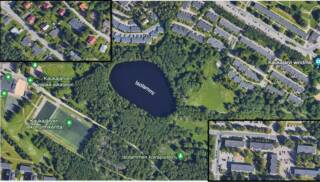
What to actually do?
The goals for our plans were to create an outdoor space that is:
- easy and cheap to execute
- inclusive
- aligned with the current development plans set by the city
- potentially attractive both in summer AND winter.
We were drawing inspiration from parks and sites around Tampere that entailed innovations that could work with some adjustment also around Isolammi.
Our first idea was to host art workshops during the summer in one of the open areas around Isolammi. A similar initiative has been implemented in Pyynikin Aikamatkat, where people can bring their own art and leave it there for everyone to enjoy. In the Isolammi park, art pieces created in workshops could have designated spaces along the paths where people could then share their art, fostering a sense of community and belonging among the population. Additionally, the city could design its own cultural and/or educational paths to share the history of the area or educate people about the health benefits of parks and outdoor activities. Furthermore, given that the region has a large immigrant population, education related to intercultural communication and participation could serve as icebreakers between people with different backgrounds.
For winter, we drew inspiration from the Hämeenpuisto promenade. The lights installed for the first time this year really uplifted the look of the park, so we would want to have similar lights, at least in some parts of Isolammi. However, this can also be played around with, for example, by applying artistic lights. Additionally, to help accessibility for stakeholders, we heard that outdoor paths in Isolammi have been poorly maintained during winter, so increasing the maintenance of paths would offer a much-needed incentive to the elderly and other people who have a hard time with mobility.
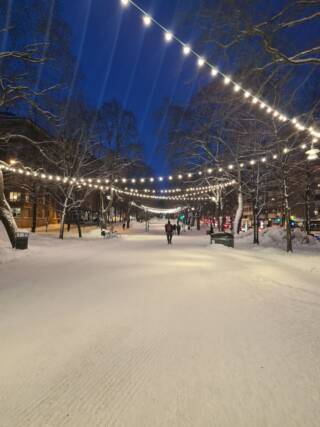
Conclusion
The Kaukajärvi-Annala area has immense potential tied to its ecosystem’s resources in the form of various green spaces, which the city has yet to capitalize on. However, the new neighborhood program has also partly targeted these resources and even briefly mentioned a similar type of art exhibition as ours in their plans. The problem is that there is no certainty or concrete plans for it (at least publicly). I also understand that the service development of the area is a priority, but outdoor participation development does not exclude it; rather, it supports it by making Annala-Kaukajärvi the green dream of tomorrow. #KAUKSUANNALA2023-2025.
Reference
Jin-Hyung Lee, David Scott & Myron F. Floyd (2001) Structural Inequalities in Outdoor Recreation Participation: A Multiple Hierarchy Stratification Perspective, Journal of Leisure Research, 33:4, 427-449, DOI: https://doi.org/10.1080/00222216.2001.11949953
This text was written by Severi Kaarnakorpi, who is a student in the Bachelor’s degree programme in Sustainable Urban Development. In spring 2024, Severi participated in an international field course “Cities in Flux,” which was part of a broader Urban Lab course. You can read more about the course on the website of the Tampere University.

